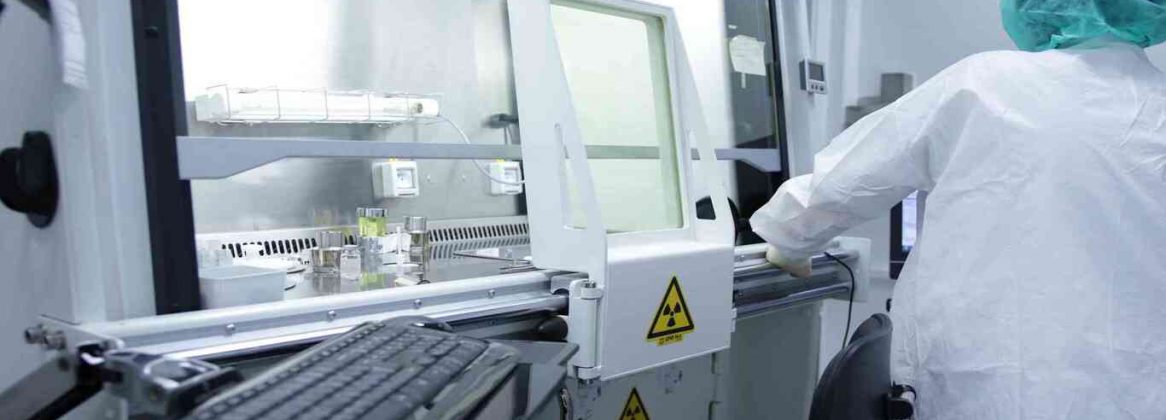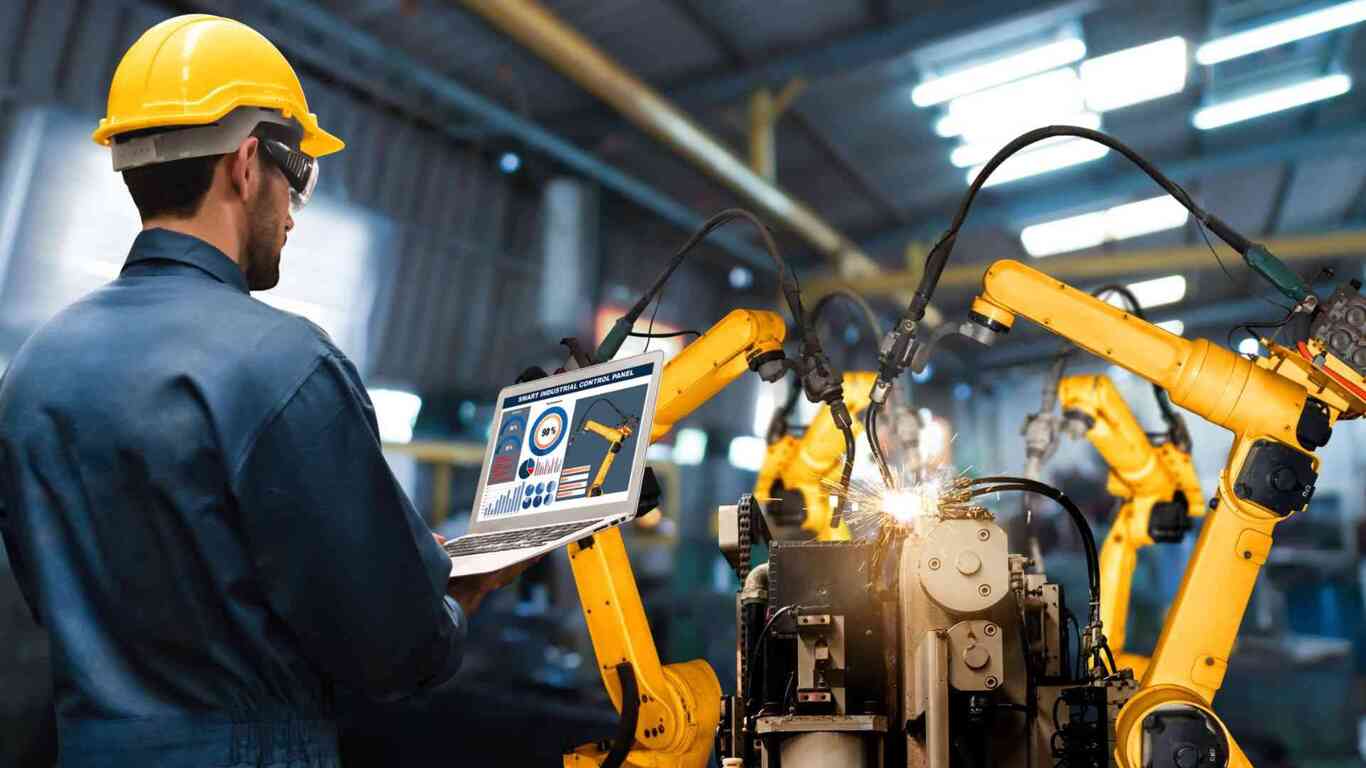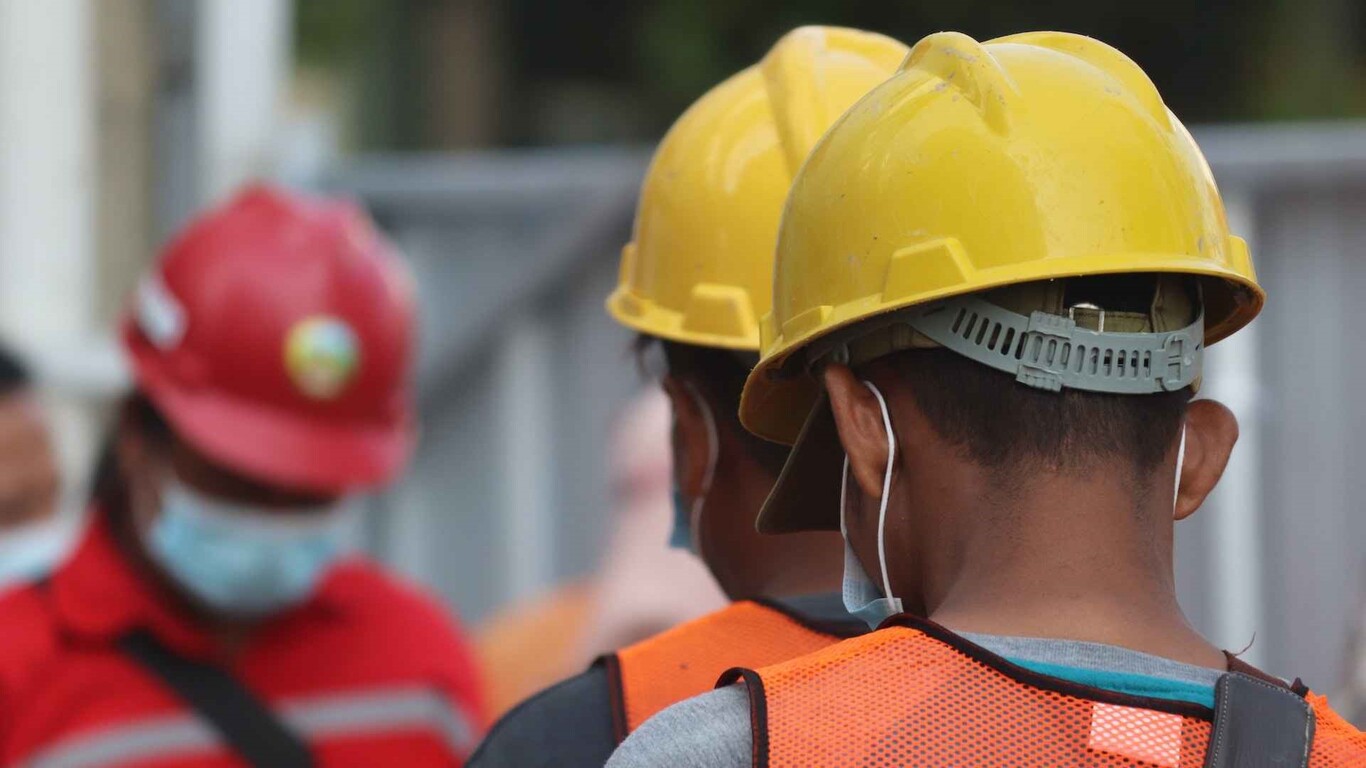The United States has the world’s largest medical device market, accounting for over 40% of the global market, according to estimates. These devices, which are made by the medical technology industry, have grown in popularity in recent years, allowing millions of hospitals and patients to conveniently handle health-related issues. The industry, on the other hand, continues to face difficulties. In this article, we examine some of these issues and the role that Connected Worker platforms may – and are – playing in improving the efficiency of medical technology operations.
Medical Technologies Manufacturing Industry: Brief Overview
The medical technology industry (MedTech) is a group of enterprises specializing in the manufacturing of highly technological products that provide vital health care services to patients. These products prevent, diagnose, monitor, treat, and care for diseases. MedTech is a buoyant industry valued at nearly $450 billion dollars and is expected to grow at a CAGR of 5.2% from 2020 to 2027. It includes the following subsectors:
- Dental equipment and supplies i.e., drills and sterilizers
- Electro-medical equipment i.e., pacemakers and MRI machines
- In-vitro diagnostics i.e., Petri dishes
- Irradiation apparatus i.e., x-ray devices
- Surgical instruments and supplies i.e., surgical gloves, hypodermic needles, and syringes
Some challenges facing the MedTech industry
In the first 6 months of 2020, US MedTech enterprises saw a decline of 5% because of COVID-19
The medical device and diagnostics sector is faced with several challenges, most of which have been exacerbated by the Covid pandemic. As a key leader in the fight against the pandemic, the industry has had to ramp up production to support vaccine delivery, PPE, and other health-related requirements.
Even pre-Covid, the nature of the industry merited draconian quality regulations and standards. And now, with Covid pushing demand, supercharged productivity and efficiency amidst consistently high-quality standards are the industry’s new normal.
Now more than ever, workers in these industries need to be empowered to make accurate and timely decisions – in safe working environments. Supply chain inefficiencies, in areas like communication and visibility, which have long hindered operations in MedTech need to be organized. And robust quality control measures need to be implemented at the production level in order to avoid considerably more costly interventions later.
Another critical theme in the Medtech industry is the delayed time to market for new products. Research & development in this sector is often long-grinding and uncertain. And because this is one particular sector where poor quality products carry instantly grave consequences to end-users, several cycles of repetition during research are not uncommon.
Companies in this industry are also at risk of intellectual theft at the research & development phase, and counterfeiting, in the aftermath of production. Moreover, the increased production of digitally-enabled medical devices has created the possibility of potentially life-threatening cyber-attacks in the industry.
How Connected Worker platforms can ease these challenge
- Quality regulations
- Productivity and efficiency
- Quality control and assurance
- Supply chain collaboration and visibility
- Research & development
- Counterfeiting
Quality regulations
The medical device industry has one of the most austere regulatory requirements of any industry in the world. In the U.S for example, there are myriads of regional and international standards that manufacturers have to comply with. What’s more; these standards are uneven and their language is sometimes inconsistent. For manufacturers, compliance is not easy to manage and non-compliance, as when regulation comes into effect, may lead to obligated or precautionary product recalls.
Connected Worker platforms can help MedTech manufacturers to easily keep up with complex regulatory requirements and better manage inspections in their factories. These regulations, in addition to other guides, can be digitized and duplicated on the platform, so that workers, supervisors, and managers can access the information at any time. This ensures everyone at least has the information required to carry out production, in line with regulations.
See also: What is a Connected Worker platform?
Productivity and efficiency
A consequence of digitizing and uploading work guides on a Connected Worker platform is that workers can get real-time access to a knowledge base of procedures and information. For biotech manufacturers, this can significantly reduce the likelihood of errors even as it enhances the speed and efficiency of production.
Also, a better quality of training as facilitated by the platform translates to a faster and more assured quality of work. Here, training can even go a step further to include ‘on the job’ multimedia add-ons that workers can download from the platform and refer to whenever they come up stuck on a particular job task. Quality, on-the-job training has added significance here, especially considering the job-worker skill gap evident in most sectors of manufacturing.
Quality control and quality assurance
The best scenario for a biotech manufacturer is that defects are discovered before production – whilst the products are yet raw materials. The next best scenario is that defects are discovered during production, as this will at least allow the manufacturer to remove the affected mixture or batch and optimize the production process, ever before the goods get on the market. But what if the production process can be self-optimizing and defects are automatically corrected at process points?
Streamlining the quality control process is an option available to MedTech manufacturers using a Connected Worker platform. They can enter process variables on the platform and use machine learning and artificial intelligence technologies to ‘teach’ and ‘correct’ the production sequence. As a result, any product that is inconsistent with the pre-entered variables will be ejected and manual inspections can then be carried out.
Supply chain collaboration and visibility
39% of senior executives in MedTech companies consider supply chain technology systems as a critical component of their operations – Brandon Gaille, 2020
Connected Worker platforms can markedly improve the communication between Biotech manufacturers and their suppliers, distributors, and customers. By bringing everyone under a single ‘canopy’, the platform establishes robust supply chains where collaboration is easy-flowing and actions can be held to a higher degree of accountability. Upstream, efficient collaboration will enhance the visibility during product sourcing, and downstream, it increases the possibility of swifter action if ever product recalls are initiated.
Research and development
The design challenges required to manufacture complex and precise medical products are well documented. Less documented, however, is the countless hours that go into researching the elements, compounds, mixtures, and the hypothetical benefit that can be gained from their interaction. During this phase, paper-based manual processes do not always give the insight, quick integration capabilities, and operational overview needed to make sense of data.
A Connected Worker platform here is of crucial importance. The platforms are interoperable, and as such, can integrate several data sources from different hospitals and research houses. Subjecting this data to machine learning and artificial intelligence will increase the speed and accuracy of clinical trials. It’s worth mentioning that the platforms, being cloud-based, offer strong security credentials that may prove difficult for cyber attackers to intrude.
Further along a product’s journey, Connected Worker platforms can also play a role in its security. It’s not inconceivable that hackers could try to access and alter medical products (that require the internet to function) or machines that perform patient diagnostic functions. Reporting tools within a Connected Worker platform provide manufacturers with real-time performance reports of these devices – helping them to track their performance and proactively identify patterns consistent with an attempted hack.
Counterfeiting
Connected Worker platforms forestall counterfeits by allowing storage – in a permission-managed repository – of valid, authenticating information that has been assigned to raw materials and finished products. The individual materials can be identified by serial numbers, 2D and 3D barcodes, or data matrix codes with readability rendered by handheld scanners (for barcodes) or mobile devices (for data matrix codes).
MedTech manufacturers can use this identification medium to confirm that the raw material received has not been swapped. And customers too can do the same to check the validity of a product.
Why Maximl?
Maximl’s no code Connected Worker platform has helped leading factories streamline safety, quality, and maintenance procedures on their shop floor. Our solution requires little onboarding, integrates with enterprise-wide systems, and provides a holistic view of end-to-end factory assets.
Maximl Features
- Digitizes quality standards and procedures in a few minutes
- Enriches communication and collaboration
- Supports multimedia attachment for complaints
- Works offline in low-connectivity areas




